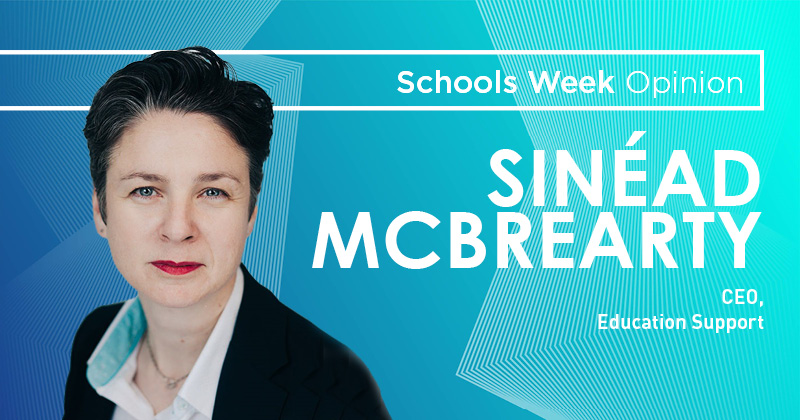As the dust from the autumn budget settles, there remains a lack of detail regarding how some of the new legislation and tax rises will be implemented and what the consequences for the nation’s already stretched schools and local authorities will be.
With a host of incoming changes that will heavily impact the education sector, it remains to be seen whether the additional funding will be enough to fill the gaps in the parts of England’s education system that most need it.
There is no doubt that the impact of the introduction of VAT on private school fees will have sweeping consequences for pupils, parents, schools (both independent and state) and local authorities.
The government has suggested that as a result of this policy, around 35,000 additional students will need to find places in the nation’s state schools. This means schools which are popular and already over-subscribed will face added pressure on admissions, with competition set to get even fiercer.
The introduction of VAT on private school fees is being challenged via the legal case brought by the Independent Schools Council (ISC). Time will tell regarding the outcome of this case and its eventual impact on the sector. However, in the meantime, state schools would be well advised to plan for a potential influx of pupils.
The budget has also thrown the current provision for pupils with special educational needs and disabilities (SEND) into sharp focus.
No doubt, the £1 billion additional funding for children with SEND will be welcomed; however, it is unlikely to be enough to fix an already creaking system, which reportedly has a funding shortfall of £4.6 billion per annum to meet the growing demand for high needs support.
As such, there are already huge shortfalls in funding for SEND that are experienced by local authorities and schools alike, meaning this additional funding could feel like a drop in the ocean.
The promised £1.4 billion to rebuild crumbling schools is also welcome; however, unions have previously warned that this will not be sufficient.
It is also notable that Bridget Phillipson has already announced that the Department for Education will review 44 mainstream free school projects commissioned by the former government, to see if they remain value for money.
Meanwhile, there are still plenty of questions that need answering in response to other measures announced in last month’s budget.
For example, the legal requirement to provide a breakfast club service is undoubtedly welcome, but there has been little guidance as to how smaller schools with low budgets or those in remote areas with a smaller pool of staff to draw upon can implement this.
Nor is it clear what the potential consequences will be for failing to do so.
There is also a danger that the funding promised to compensate schools in light of the rises in employer national insurance contributions may not go where it’s needed, due to a lack of transparency around allocation plans.
While it is hoped that this funding would be allocated based on the cost to the individual school, the sector is once again left waiting for the detail.
Overall, while the budget brings some relief through increased funding and targeted measures, it does not fully address deeper structural issues or long-term sustainability challenges in the education sector, meaning that its legacy is more likely a sticking plaster than a silver bullet.











